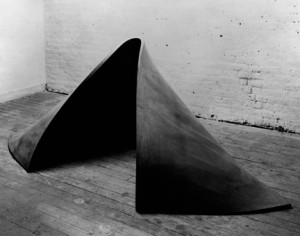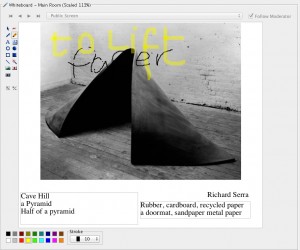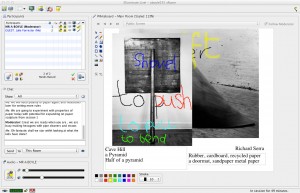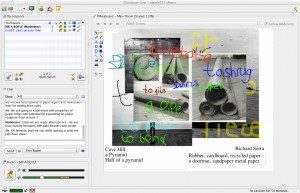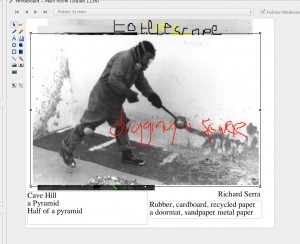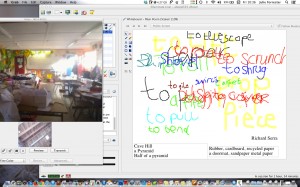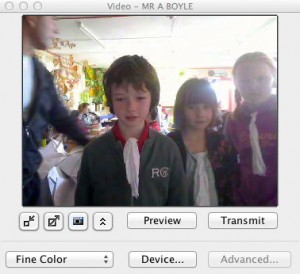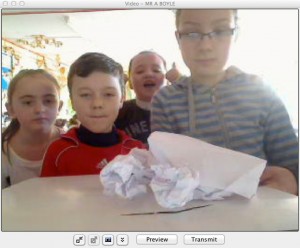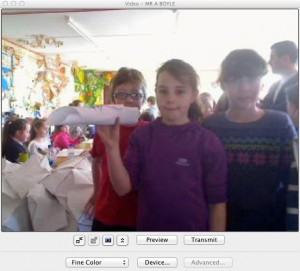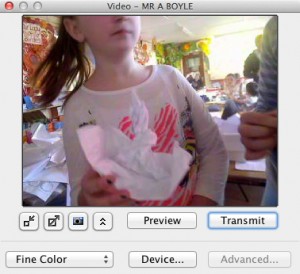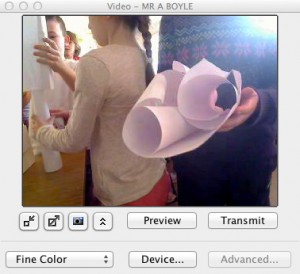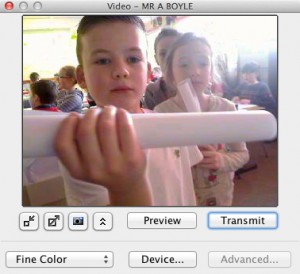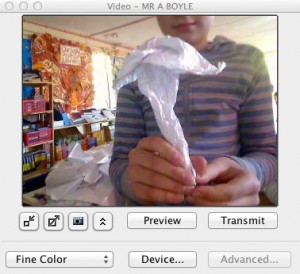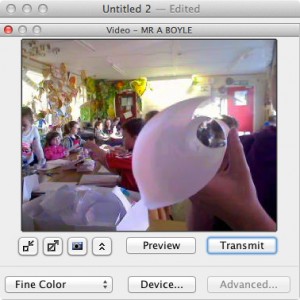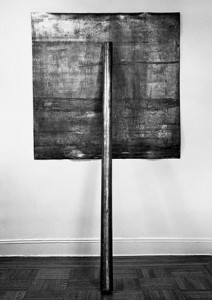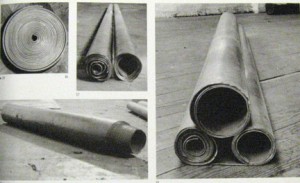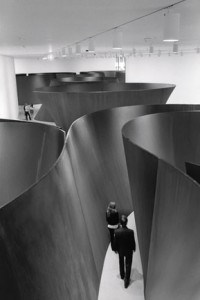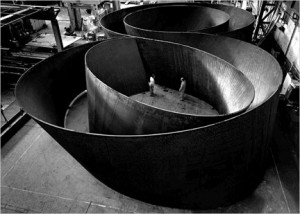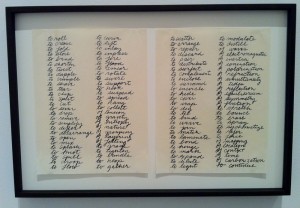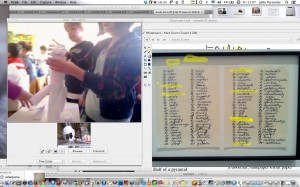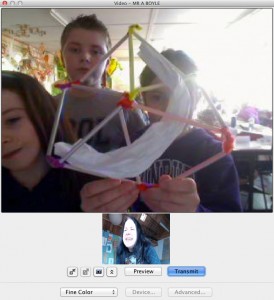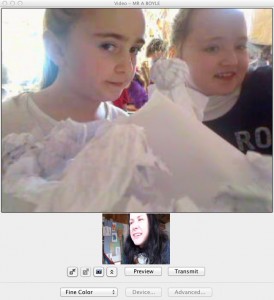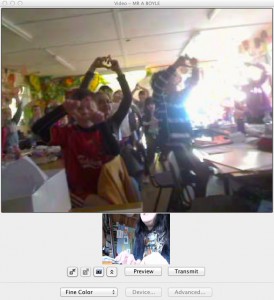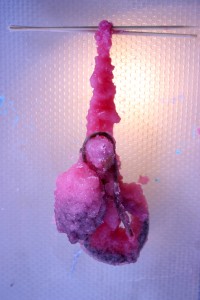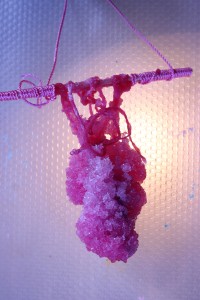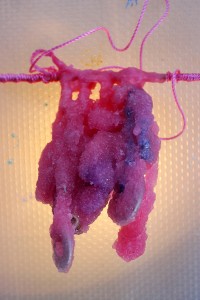Today we spent some time with the sculptor Richard Serra
We looked at his work
and we made guesses about the material and its title
[Richard Serra. To Lift. 1967 (American, born 1939) Vulcanized rubber, 36″ x 6′ 8″ x 60″ (91.4 x 200 x 152.4 cm). Collection of the artist]
We looked at more of his work and guessed the titles and thought about how the title affected the way we understood the piece:
and we guessed more titles:
we looked at Richard Serra in action and tried to imagine a word for the action
Our first idea was Digging Space – a great start…from a distance it does look like he is digging, but when we looked closer we discussed the tool that he had in his hand, and Mr Boyle thought it looked tike a djanting, the tool used for for making Batik which holds the hot wax… so then we thought the material might be a liquid, we talked about words for dropping liquids, to pour, and Serra’s protective clothes make it look like the material is hot and dangerous….
This picture is called “Throwing Lead”
so we had a big collection of words:
We used our words to make some of our own pieces out of paper:
and we gave them all titles and subtitles we tried to make our sculptures stand on their own and turned them upside down things like crabs and bows and bouquets crept out
Richard Serra did not want his work to be like something else – he wanted it to be precisely what it is…
In order to follow Serra’s ideas, we must avoid thinking about metaphor – if we begin to think something looks like [a bow] [a dog] or [a house] this image begins to dominate and our thing stops being purely the thing that it is, and the material it is made from becomes less important than the image of something else [a man, or a dog, or a house, or a flower].
So for this activity, if our thing becomes like [a flower etc] we have to alter it, or remake it, so that it speaks about the action that made it in a more clear and simple way – the thing is about how it got to be – and this gives it a sense of drama, it might not yet be finished, it is in a state of change…there is an action going on…..and on…and on…. there is a sense of time, a sense of presence and a sense of purpose and mystery … it’s dynamic
I remember when we looked at “Propped Piece” and wondered
What would happen if you removed the pole?
I also remember that one of the class wanted to call this piece “Pull”
I remember we looked at “Rolls”
And we looked at these huge metal environments – I try to imagine what it would be like to walk in amongst these huge pieces of bent metal…how heavy are they? How are they standing? What kind of sound is inside them? What kind of surface does the metal have? What happens to steel when it exposed to the elements? Is there a smell?
Richard Serra believes that
“Drawing is a verb”
He made a list about“Actions to relate to oneself, material, place , and process”
He said
“When I first started, what was very, very important to me was dealing with the nature of process,”
he said.
“So what I had done is I’d written a verb list: to roll, to fold, to cut, to dangle, to twist…and I really just worked out pieces in relation to the verb list physically in a space.”
We looked at his action list, which has become an important piece of work, as important as the sculptures that he made from it.
List (1967-68)
We chose unusual words from the list:
this photo shows complement….
this group understood as ~ compliment ~ with some unusual work resulting,
this paper man became a vehicle for compliments – I thought this was a really interesting way to generate more actions/responses – not in any way I had anticipated (and not at all like Richard Serra would have imagined). This group are going to make a drawing of their character and surround him with the compliments they gave him.
There was plenty of ideas – words such as “to light” proving quite a challenge, the first thing they made was a representation of a fireplace and they took it to the window to imagine flames flickering in it – we want our sculptures not to be representations of something else and so the next step for this group is to photograph their piece in different places to see how ‘to light’ might work in different ways according to how the paper is manipulated.
There were some interesting combinations of materials…
here’s “to weave” :
this was a creative ‘cheat’ which I had to admire as it is so precisely to weave…I wonder what it would look like made only of paper?
This one is subtitled ‘the Binworld’ and I wanted to call it “overflow”. The group thought it could be the volcano at the top of Cavehill, which could be incorporated into the paper sculpture we started in session 1…we are still very much working with something looking like something else here and its a nice idea
but going back to the original word this one is “to crumple”
Our task is to develop this piece to be totally about crumpling – how is to crumple different from to crush, or to squash, or to crease– what exactly happens when you crumple? and how best can we show this?
I didn’t manage to get a screen shot of the group who did to scatter or the group who did to shorten and they had some both fine examples,
I remember asking the scatter group how they decided to scatter the paper, thinking about the area, how many people do it, the size of the pieces, is it orderly like sowing seeds or chaotic like what happens when the school bell goes? It would be good to write instructions for this in the way we did for the random patterns in session 3
The to shorten piece was a lovely pile of ever decreasing folded papers, I really loved this one, it had a lot of ideas in it, I would like to see this group hold on to the original piece and try out different approaches to shortening, being very precise about exactly what and how is being shortened, I loved the fact that they used folding as the technique for shortening, so it was “to shorten by folding” how about “to shorten by cutting” “to shorten by tearing” it would be great to think of some more ways …
I also loved the way this group made it clear that the piece was about to shorten by showing all the sizes going from big to small, like stages, or pauses, in the shortening process.
Bye bye till next time Diamonds
STUDIO
Sugar Crystals
Can you think of an action word for these?
